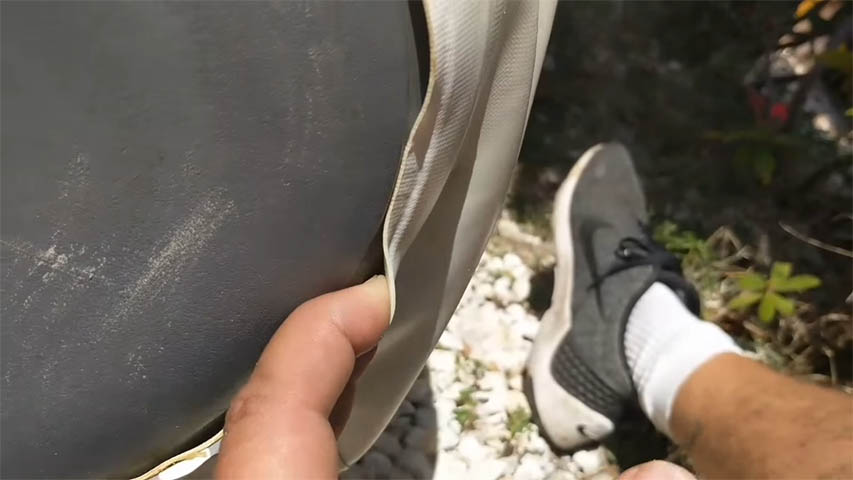
Differences Between Hypalon and PVC is a Hot Topic
When deliberating over the optimal material for constructing a rigid inflatable boat (RIB), two primary contenders emerge: Hypalon and PVC.
Each material possesses unique traits, benefits, and considerations, catering to diverse boating requirements.
I conducted some research on the topic, delving into various sources and gathering relevant information for you.
Deep Dive Into Hypalon and PVC: Comparison
To understand differences between Hypalon and PVC, some technical insight is required.
A comprehensive understanding of the disparities between Hypalon and PVC enables boating enthusiasts to make well-informed decisions aligning with their preferences and needs.
Hypalon or Chlorosulphonated Polyethylene, is a synthetic rubber compound, has long been esteemed in maritime applications owing to its exceptional endurance and resilience against UV radiation, chemicals, and extreme temperatures.
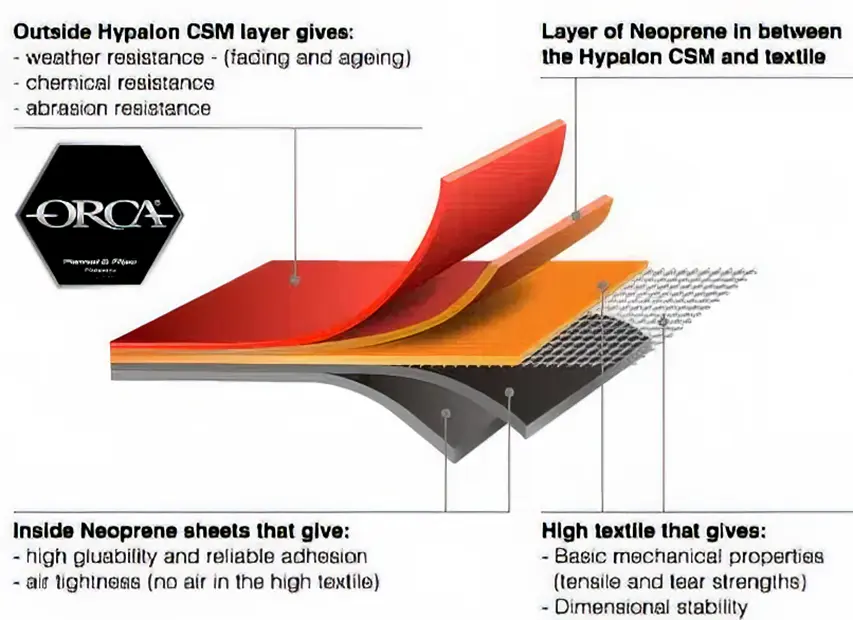
Renowned for their longevity, RIBs fashioned with Hypalon exhibit remarkable resistance to abrasive forces and punctures, rendering them ideal for demanding commercial and professional usage scenarios where steadfastness is paramount.
Conversely, PVC (Polyvinyl Chloride) presents a more cost-effective alternative to Hypalon.
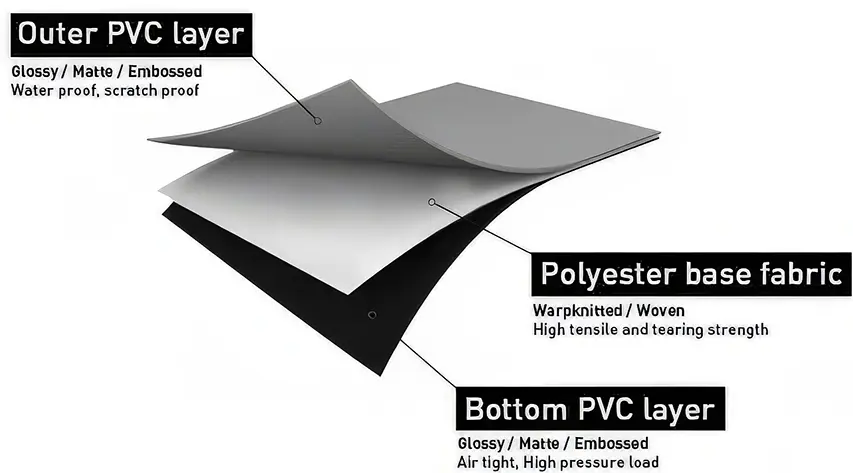
Boasting lighter weight, PVC RIBs offer enhanced portability and maneuverability, both on and off the water.
Furthermore, PVC inherently fends off moisture and corrosion, necessitating minimal upkeep compared to alternative materials.
Nonetheless, PVC may not deliver comparable durability and longevity to Hypalon, particularly under severe conditions or rigorous usage.
The Intended Usage of the RIB
One pivotal consideration in the Hypalon vs. PVC debate is the intended application of the RIB.
For endeavours prioritising durability and sustained performance, such as professional diving or military operations, Hypalon often emerges as the preferred choice.
Conversely, recreational boaters or those mindful of budgetary constraints may find PVC RIBs better suited for sporadic leisure pursuits or traversing inland waterways.
These are the main areas when it comes to differences between Hypalon and PVC.
PVC Variants: a Solution?
It’s imperative to acknowledge that advancements in PVC technology have yielded high-quality, durable PVC fabrics capable of rivaling the performance of traditional Hypalon.
Nevertheless, these premium PVC variants may command a higher price point, thereby narrowing the disparity between the two contenders.
Conclusion
In essence, the selection between Hypalon and PVC for RIB construction hinges on factors like budget constraints, intended usage scenarios, and individual inclinations.
Both materials offer distinct advantages and considerations, prompting boaters to meticulously evaluate their options to identify the most apt material aligning with their unique needs and environmental conditions.
Proud to share that ORCA Retail is a Friend of RIBs ONLY.
Note: I tried to determine who holds the copyright to both illustrations. If you have the rights, please contact me.
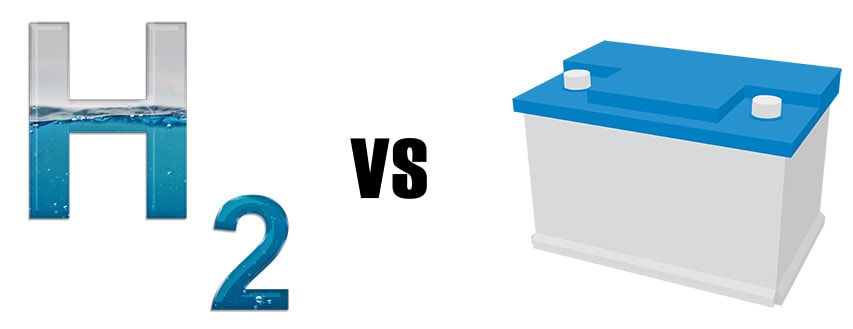

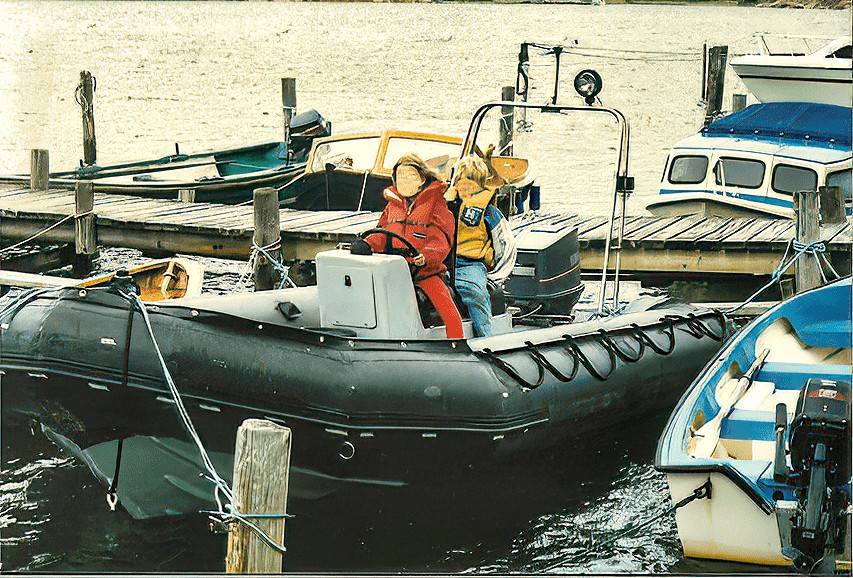

I am sorry but what a load of tosh. Most Rib purchasers have no idea at all of how a Rib is constructed or the materials used, do not evaluate their options, and are simply driven to purchase by the Ribs lay out, price and marketing. Most would not have any idea how to specify a Rib for a particular use.
From an operators perspective Hypalon is a preffered material as it is easy to work with and to create the joins necessary to form the tubes with simple contact adhesive, and of course repairs are easily undertaken even in the harshest conditions. However, Hypalon is not as colour fast as PVC and bright colours fade rapidly if not protected from ultra violet.
By comparison a temporary repair carried out on PVC is almost impossible to achieve unless carried out under controlled conditions, but of course PVC is more colour stable than Hypalon, hence the number of foreign Ribs built in PVC for hotter climates.
Hi Bob
Thank you for commenting. You are of course entitled to your own point of view.